In the wake of Pride month, the demand to “Stop making everything gay,” echos in my head. The complaint is not always quite that direct, but among corporate brands temporarily incorporating the rainbow into their logos, statements of support for the LGBTQ+ being issued, and abundant Pride celebrations, there is a litany of ways the directive comes through:
“Where’s our straight Pride month?” – a classic way to undercut the purpose of Pride, gaslighting the struggles of the LGBTQ+ community.
“I don’t care what they do, I just don’t want them to force their lifestyle on me” – Which further creates a divide, insinuating that sexuality is a lifestyle choice; that the LGBTQ+ is some predatory force set on indoctrinating straight individuals.
“My kids don’t need to see that” – Yes, they do. Because every child should see and experience love, in all its forms, and simply: being gay isn’t communicable.
And then, there are the more direct statements, where people blatantly demand that we “stop making everything gay.”
This has become most predominant in the entertainment industry as communities of fans — fandoms — now connected by the internet and social media, engage in discourse surrounding their common interests from romantic “ships” to general discussions about the themes and artistic integrity of the content and the social impact of the entertainment.
On June 16, Disney and Pixar released their new animated film “Luca” on its streaming platform Disney Plus. It features two young sea monsters who change into little boys when on land and are learning to navigate the human world while afraid of people finding out who they truly are. With the release occurring in the middle of Pride Month, many people found it to be an allegorical parallel to the shared experience of having to “come out” as part of the LGBTQ+ community and fearing the consequences.
In response to the perception of the film, director Enrico Casarosa relegated any LGBTQ+ themes to unintended subtext, explaining the movie was about “friendships” and “kids just being kids.”
The clash between Casarosa’s view of the film and how many LGBTQ+ viewers perceived it as has since taken to social media where fans of the film wrestle to either justify why it is a LGBTQ+ themed movie or to ask the question, “Why do you have to make it gay?”
“Luca,” however, is not an isolated instance. People finding LGBTQ+ themes and characters where creators did not intend them to be is a common occurrence in media. Supernatural, a show that ran for 15 years, had fans “shipping” the characters Castiel and Dean or Sam and Gabriel, hoping for gay relationships to form, despite the writers never writing those relationships into the show. Upon the resurgence of “Avatar: The Last Airbender” with its release on Netflix in 2020, fans new and old began seeking possible LGBTQ+ relationships between the characters with pairings such as Aang and Zuko, Zuko and Sokka, and Azula and Ty Lee, among others. The list of these non-canon LGBTQ+ relationships, singularly supported by fan interest, is near endless across media types.
As each one of those fan-found relationships was met, at some point, with the message of “stop making everything gay,” it is apt to ask why do we formulate these gay relationships and overarching LGBTQ+ themes where they were not originally intended?
The answer is found in the lack of LGBTQ+ representation in the media.
The LGBTQ+ community is deprived not only of general social acceptance but of widespread representation in the entertainment industry. Historically, members have been underrepresented in media either explicitly via censorship and decency laws or implicitly as those who created the media were predominantly heterosexual and cis-gender resulting in content related to their experience. Such barriers’ effects can be seen empirically.
An article from the Journal of Homosexuality discovered that, between 2001 and 2003, only 15% of television programming contained LGBTQ+ content and it was predominantly contained in comedy programs and cable channels. A 2020 Washington Post article reported only 18.6% of studied films contained LGBTQ+ characters. While the overall percentage of representation increases, the quality of that representation wavers. As the presence of intersectional identities of LGBTQ+ characters fluctuates year to year, non-white LGBTQ+ representation has decreased 8% from 2018 to 2019.
When LGBTQ+ storylines are made to be the main plot point in media, it is often to tell the same angst-ridden coming out stories, filled with violence and hatred, over and over again, thus reducing LGBTQ+ experiences down to a more easily digestible monolith. Such media is commonly referred to as “trauma porn,” meant to entertain heterosexual and cisgender individuals with critically successful titles such as Netflix’s “Girl” and “Boy Erased” being bestowed the moniker. Even in more popular titles with less violence, such as “Love Simon,” the story still focuses on an individual’s coming out, as if that is the only aspect of an LGBTQ+ individuals’ experience that matters: Such films are considered gay movies for straight people.
If representation is present and done well and directly, it is not accessible to all. Another publication in The Journal of Homosexuality found that the Major Motion Picture Association has rated films with LGBTQ+ characters and themes higher than those without such themes, despite having similar levels of vulgarity, nudity and violence. While this not only further stigmatizes the community to be considered inappropriate, it also makes films with any representation off limits to adolescent and younger audiences who would developmentally benefit from it most.
You, as the reader, may rebut this lack of representation by asking, “So what? Why is it important?” And if you are, then you are privileged enough to see self-representation in the media so often and without problem, that it is difficult for you to fathom how a lack of it would affect you emotionally and socially. If that is the case then I am happy for you.
But, it was best said by Gerbner and Gross in a 1976 journal publication, “Representation in the fictional world signifies social existence; absence means symbolic annihilation” This works twofold, as those who do not see their identity in media are left in a symbolic isolation and those who are provided representation are blind to the existence of those who are not represented.
In the same way that a person born and raised in the midwest of the United States would have no understanding of the ocean without pictures and stories, a lack of LGBTQ+ representation breeds ignorance.
Take, for example, a small town with predominantly conservative views and a lack of diversity. People in that environment most likely do not see LGBTQ+ representation throughout their day-to-day life; their greatest exposure to any diversity is media. Without that representation, members of the LGBTQ+ community are more likely to feel isolated, as their identity seems to be an anomaly resulting in those outside of that community to likely be less supportive of LGBTQ+ individuals. The existence of the LGBTQ+ community is essentially “annihilated” from their consciousness.
The combined feelings of isolation and lack of community support is dangerous for the LGBTQ+ community. LGBTQ+ individuals, especially youths, experience higher rates of substance abuse, homelessness, engagement in unsafe sex, depression and suicide. They are also victimized at a higher rate than their straight counterparts. In a behavioral health article published by the U.S. youth website, it was found that these increased rates of risky behavior and negative health practices were a result, not of the LGBTQ+ identity itself, but of the external responses imposed upon the LGBTQ+ community by non-members. It identified increased levels of hopelessness and feelings of sadness in LGBTQ+ youth and found that increased community awareness was a mediating factor in these issues. That community awareness and acceptance derived from representation.
With this information in mind, a very simple equation surfaces. The LGBTQ+ community needs representation in order to survive and thrive, so when there is an absence of it or a lack of access, we create it for ourselves. When people answer our construction of these LGBTQ+ themes, where they were not intended, with distaste – or worse, disdain – it is because they don’t have to fight for the right to exist both literally and symbolically. Until LGBTQ+ representation becomes normalized, no longer a topic of debate and controversy, the LGBTQ+ community will continue to create the representation we are still being deprived of.

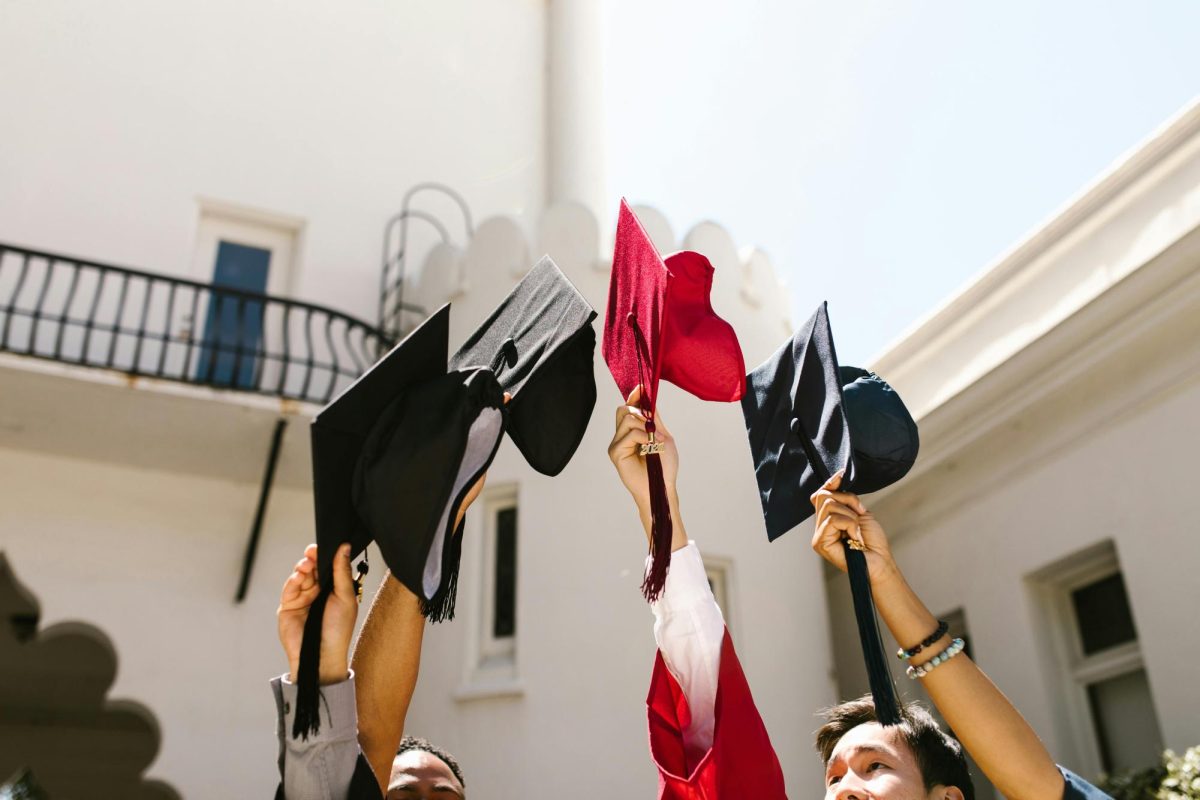

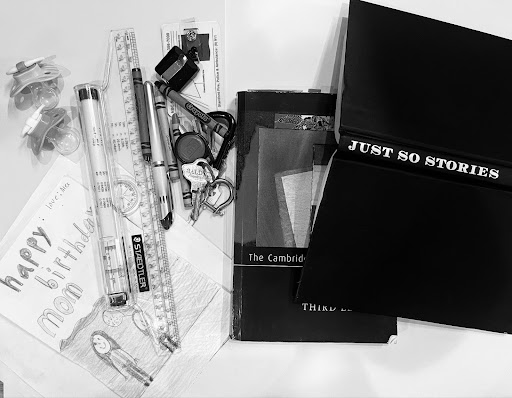
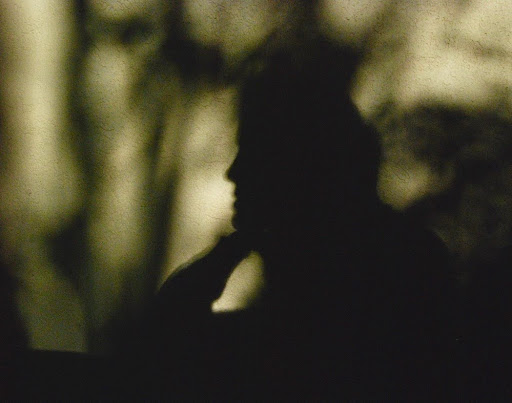

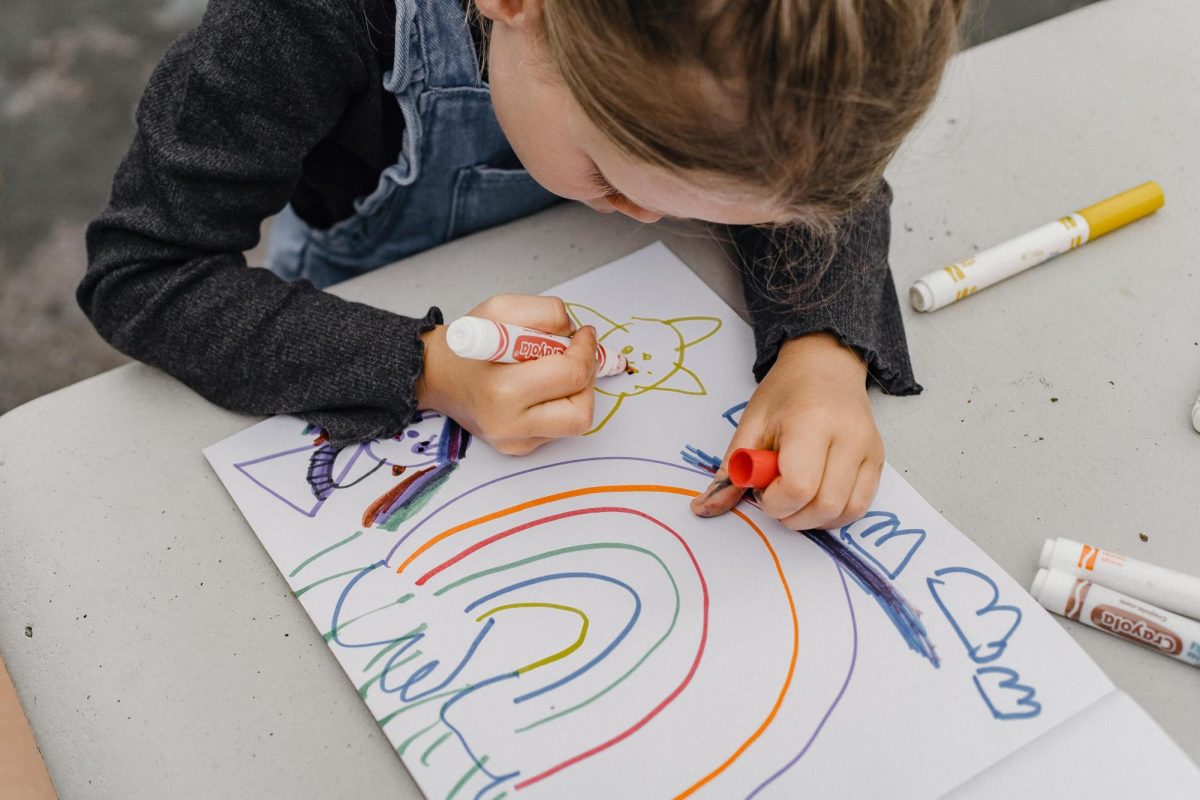

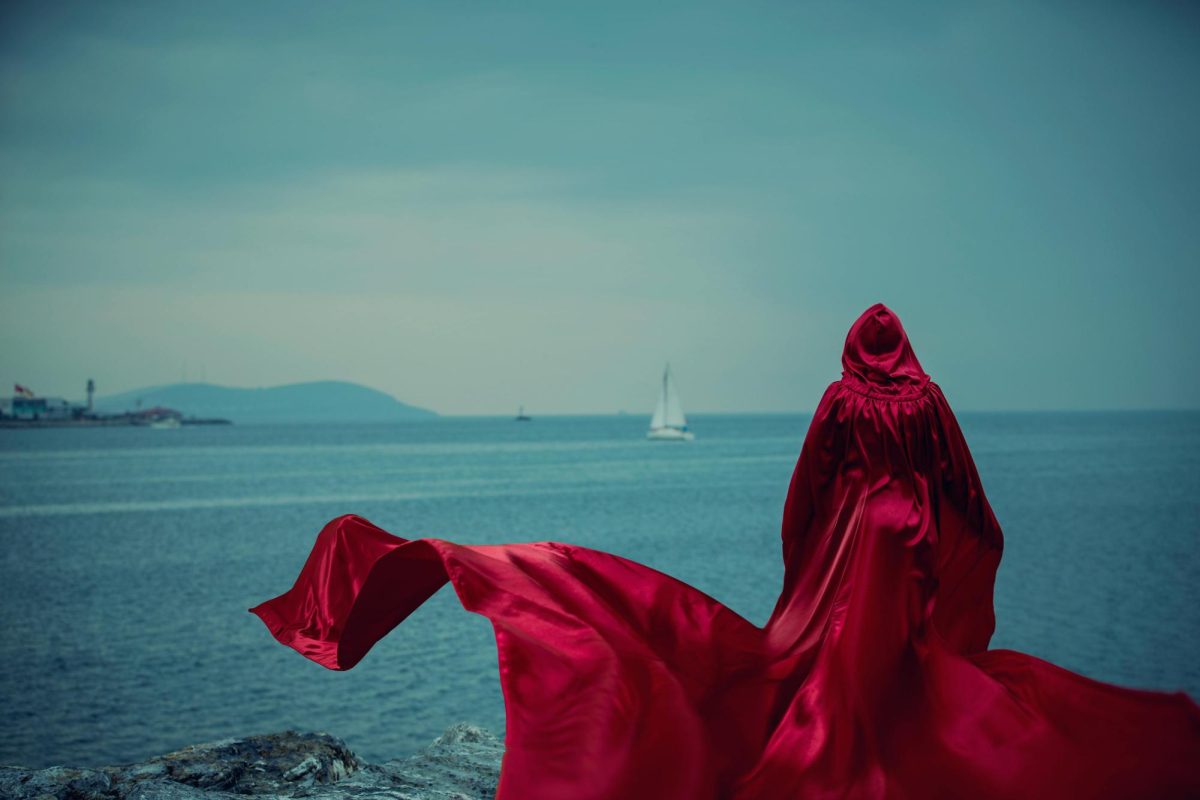
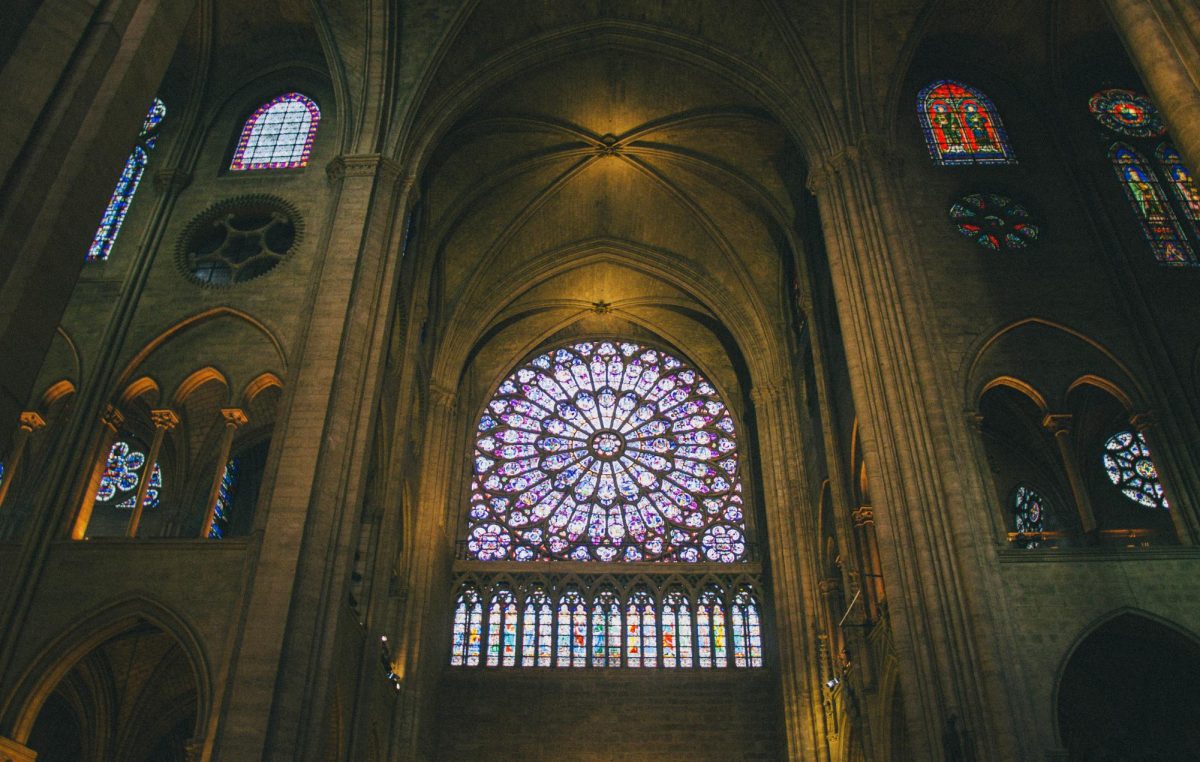

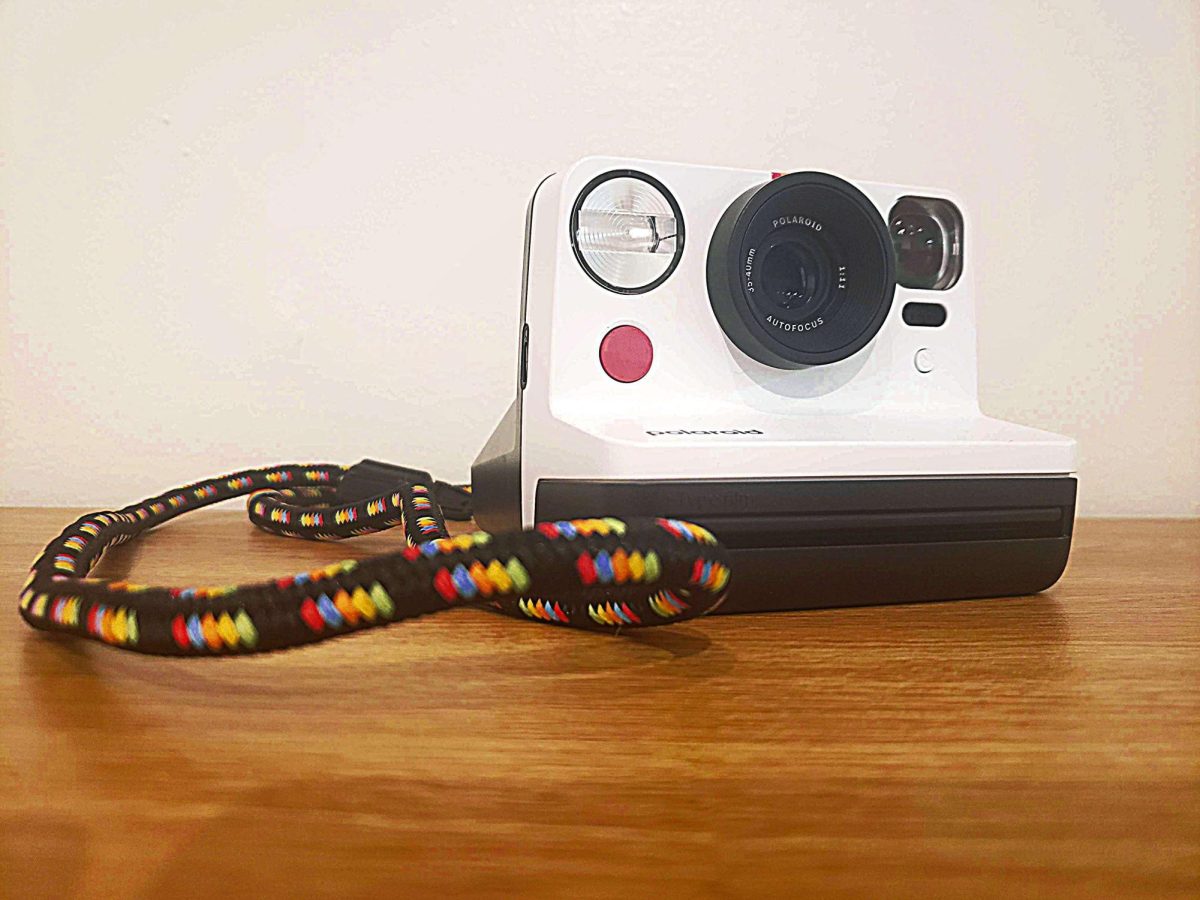
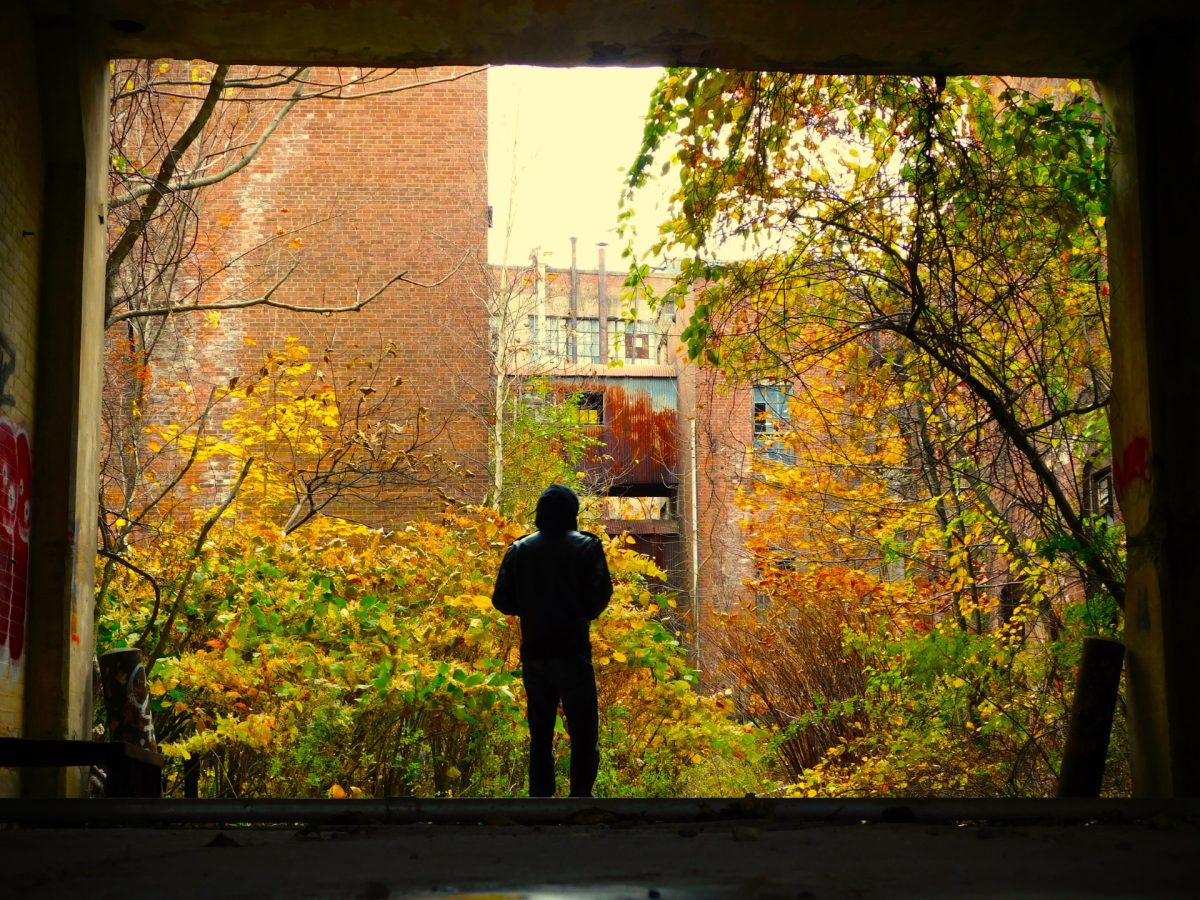
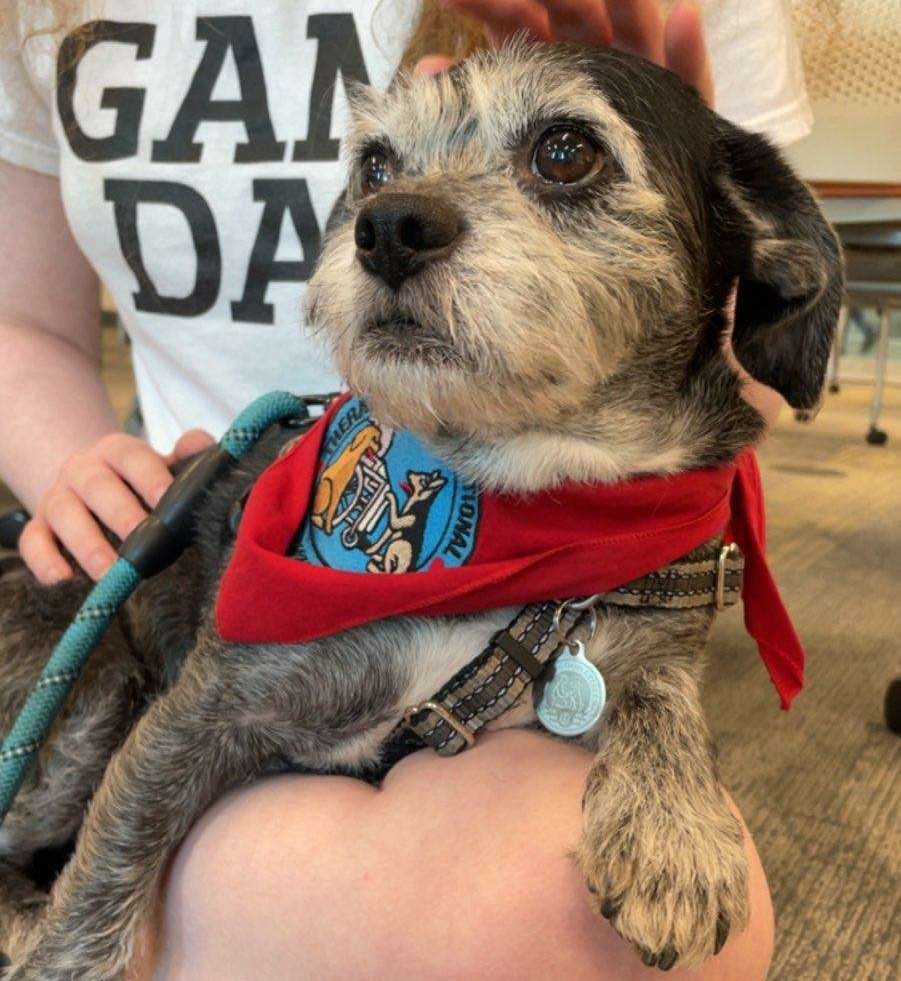
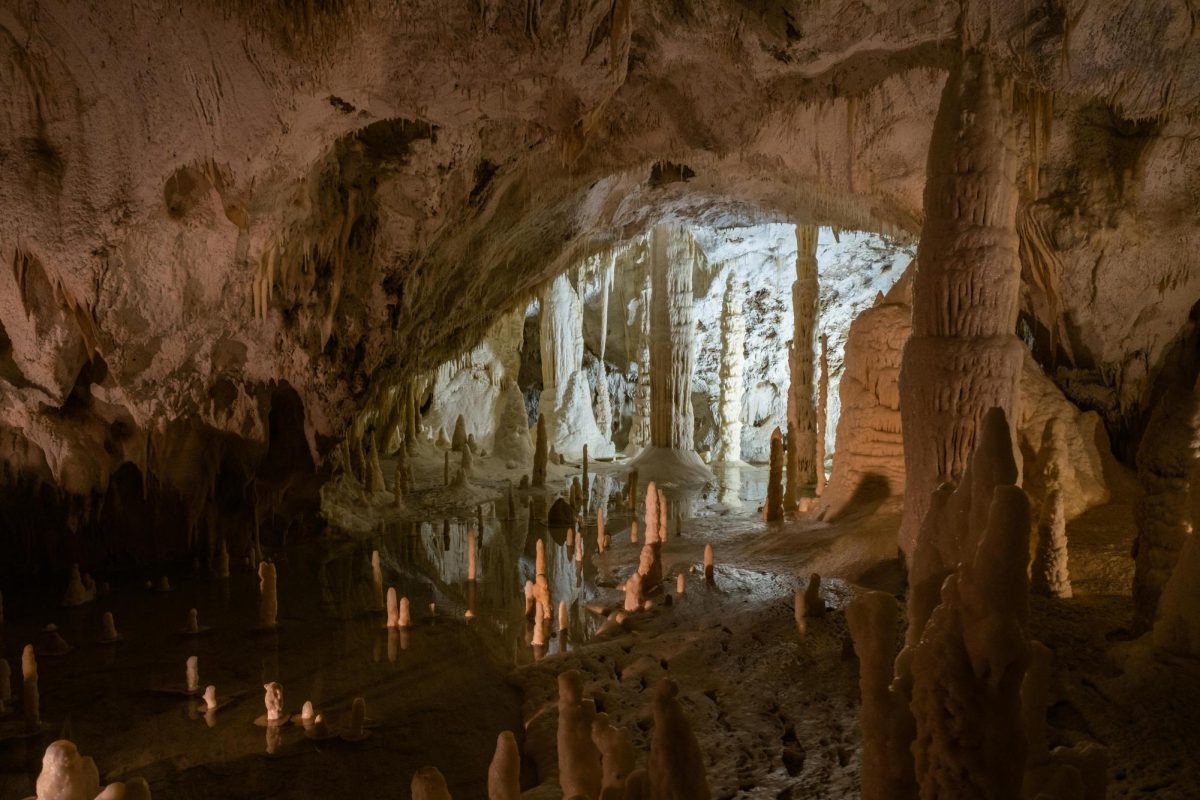
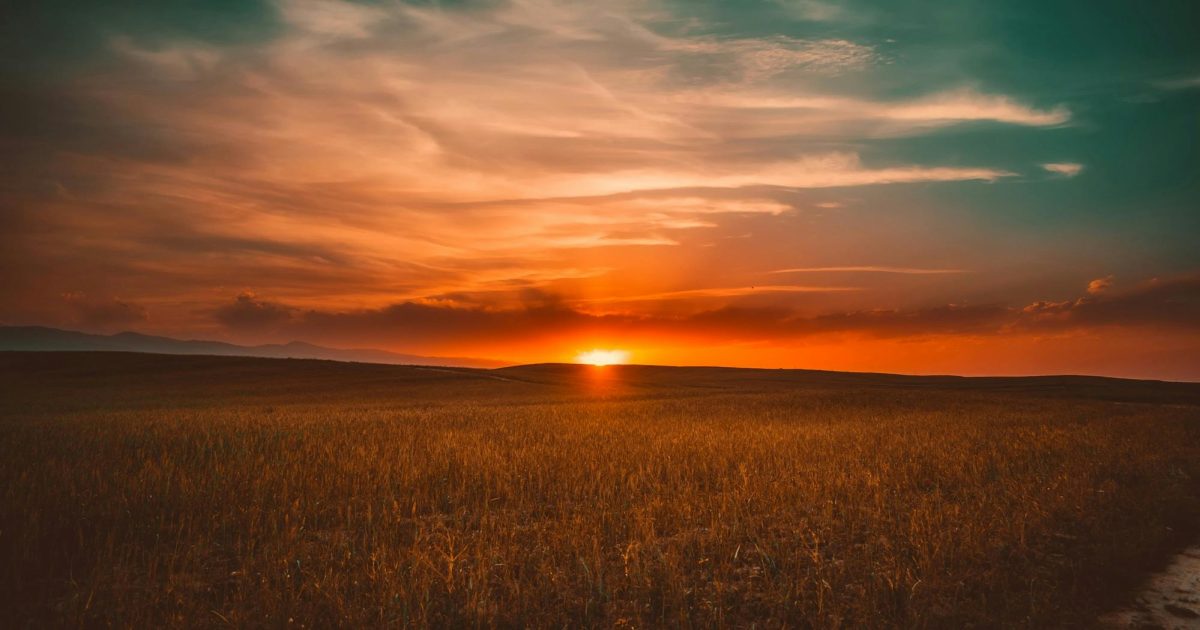

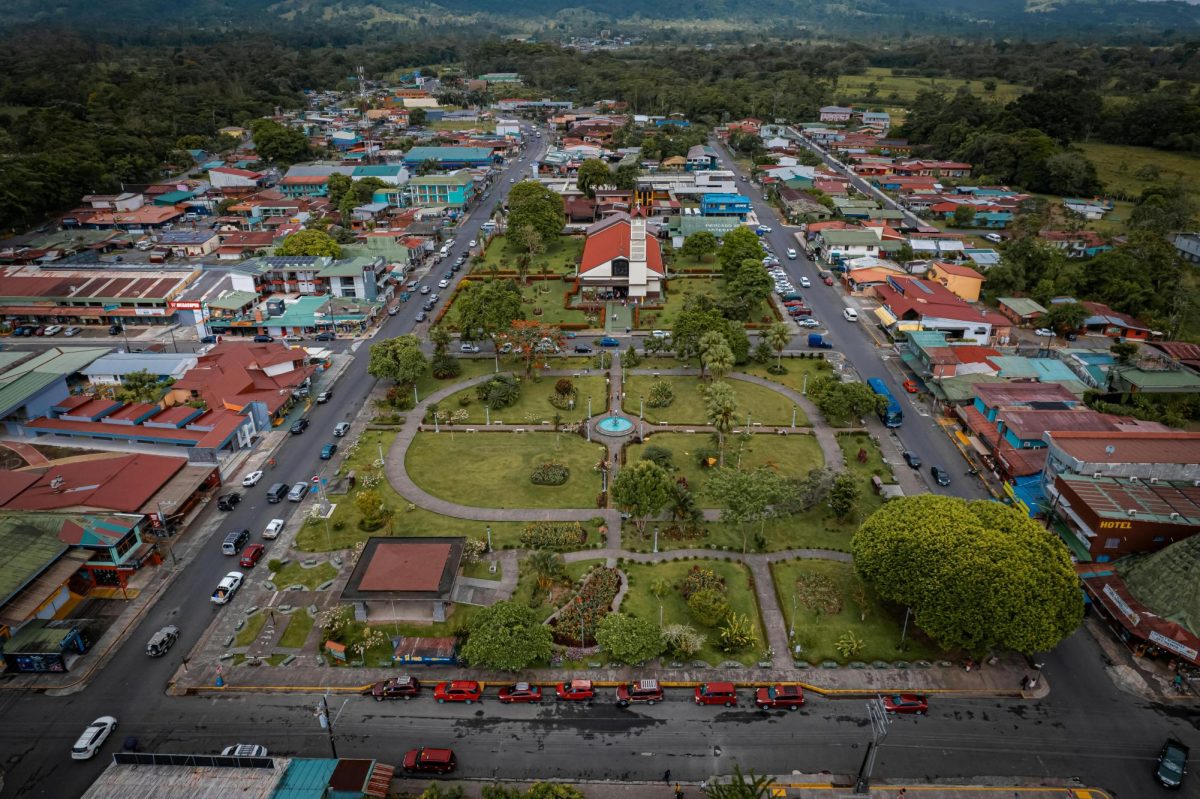
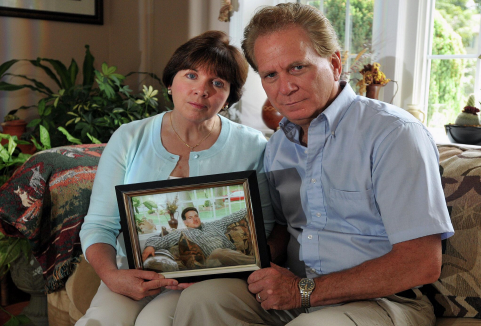



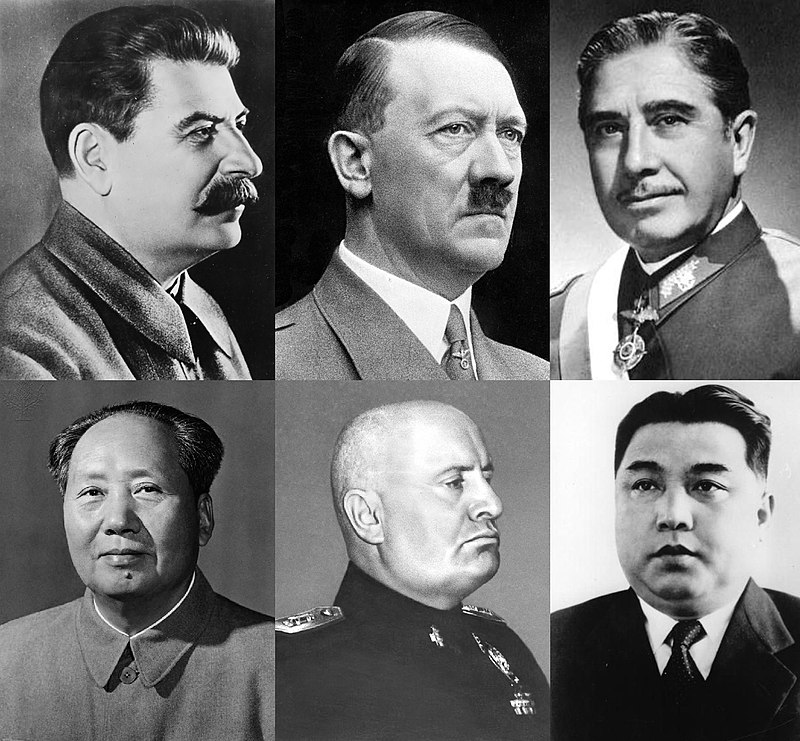

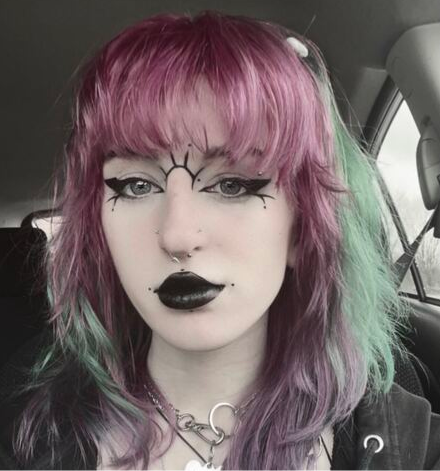
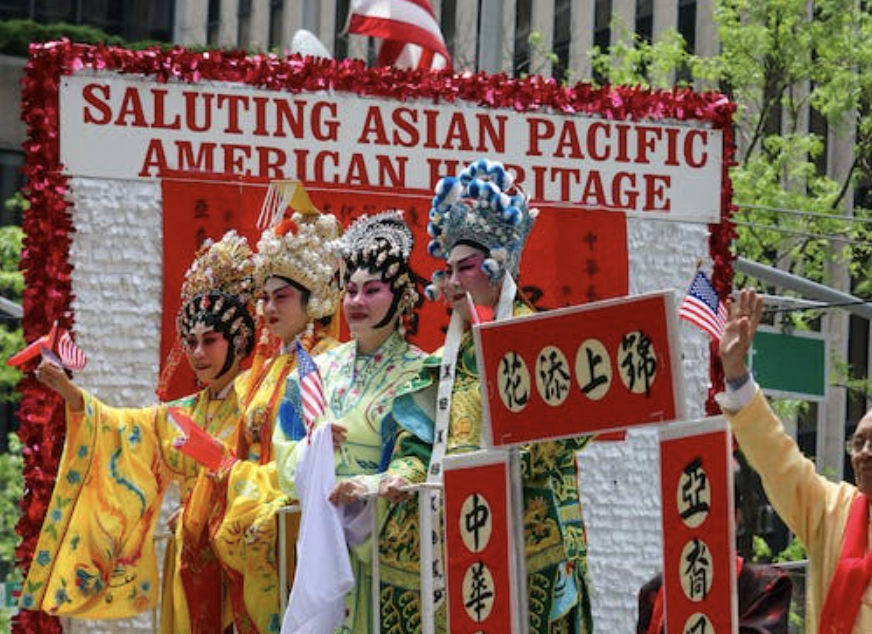
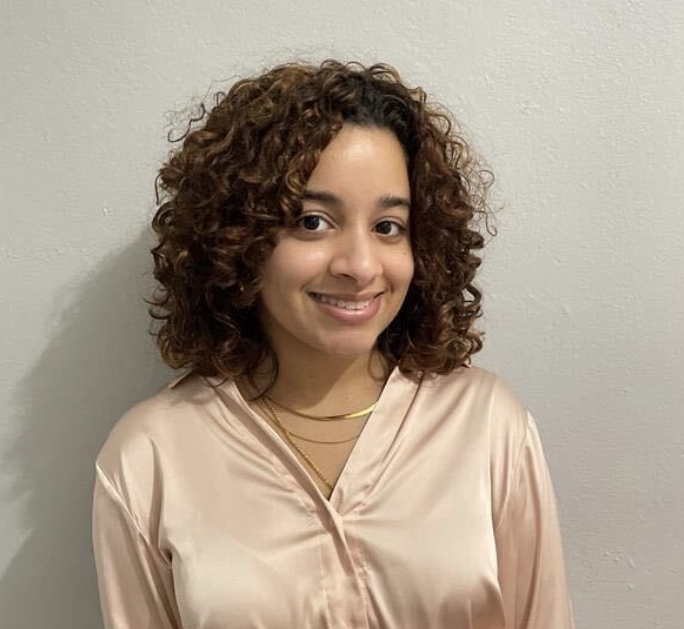
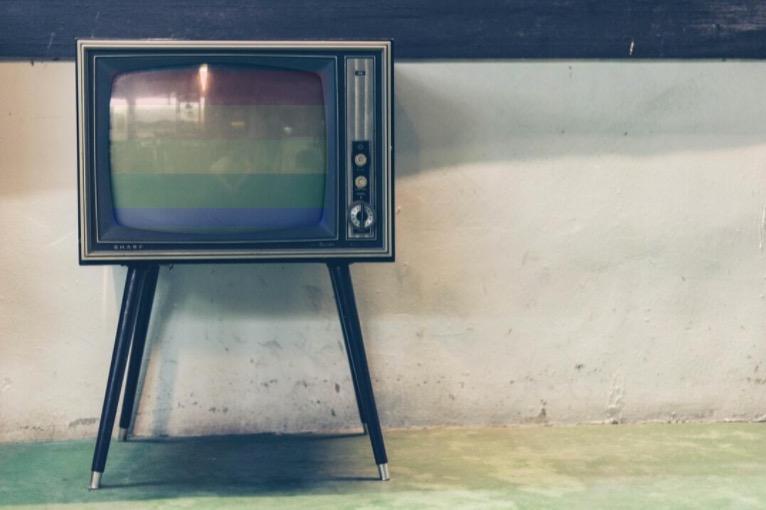

Laurie • Aug 23, 2021 at 2:01 pm
Well said and presented, Isabelle. You are beautiful in every way and loved for ALL of those beautiful qualities. I’m glad you may have offered insight to those who don’t have it. Keep doing the things you do. ❤️
cam • Aug 23, 2021 at 1:50 pm
this is literally so swag and such an incredible angle. would love to read more on this!